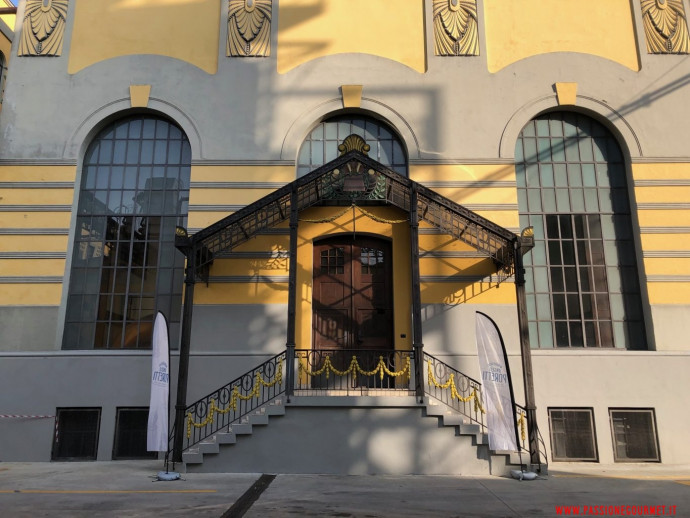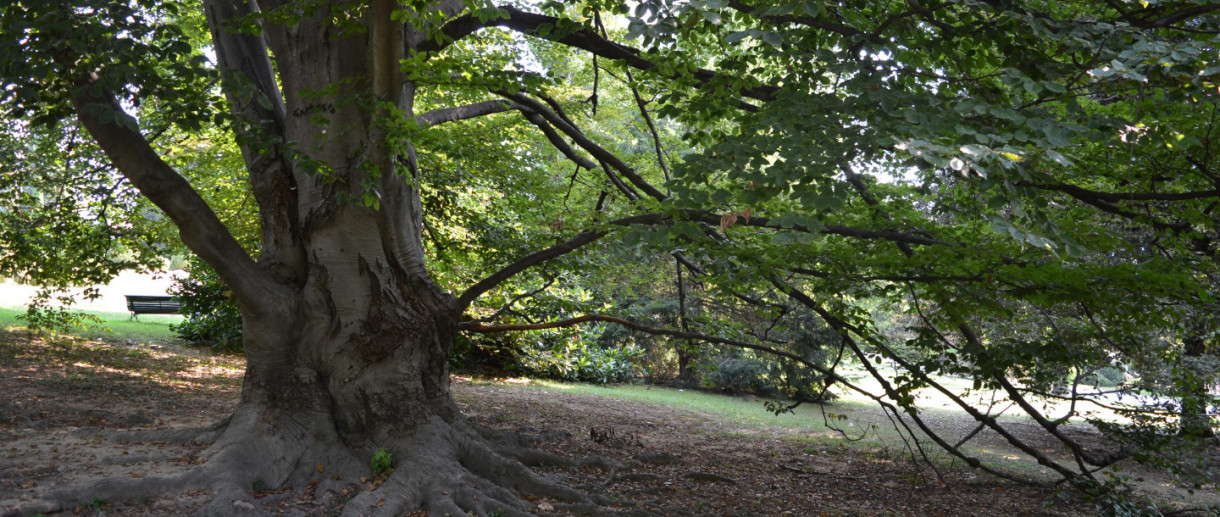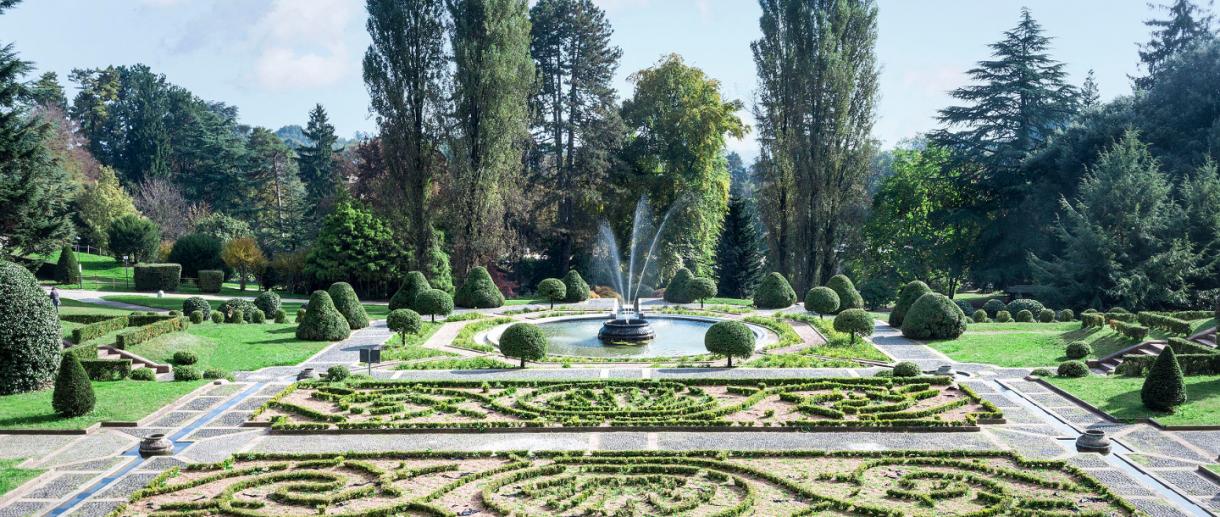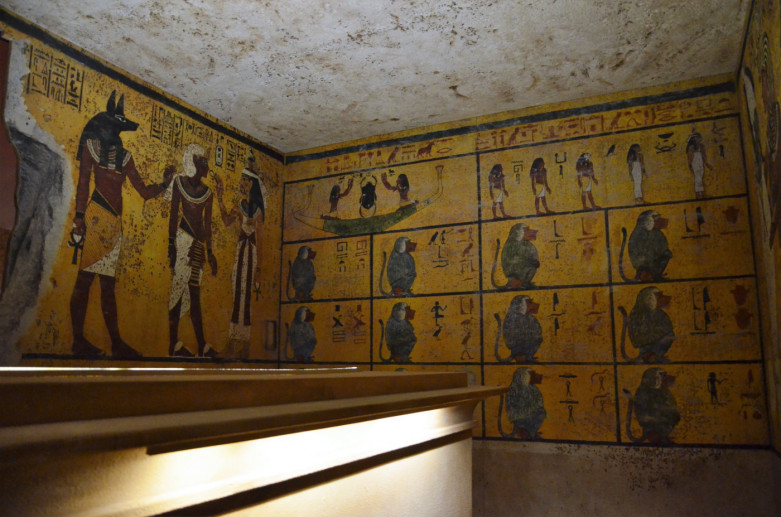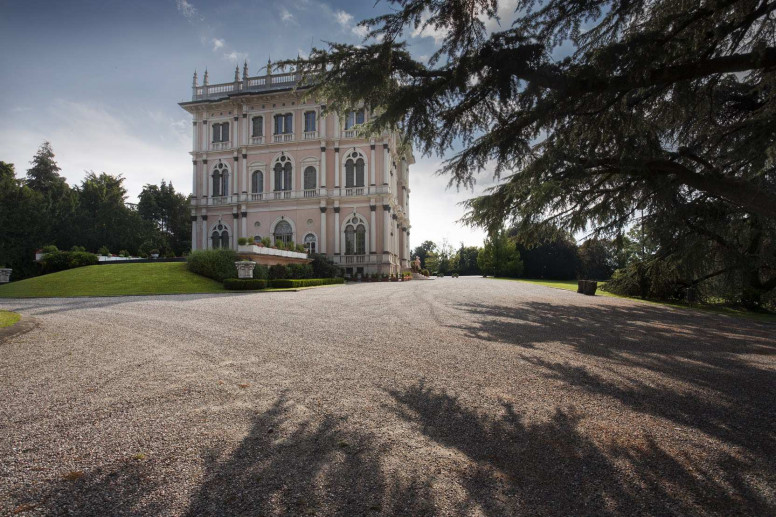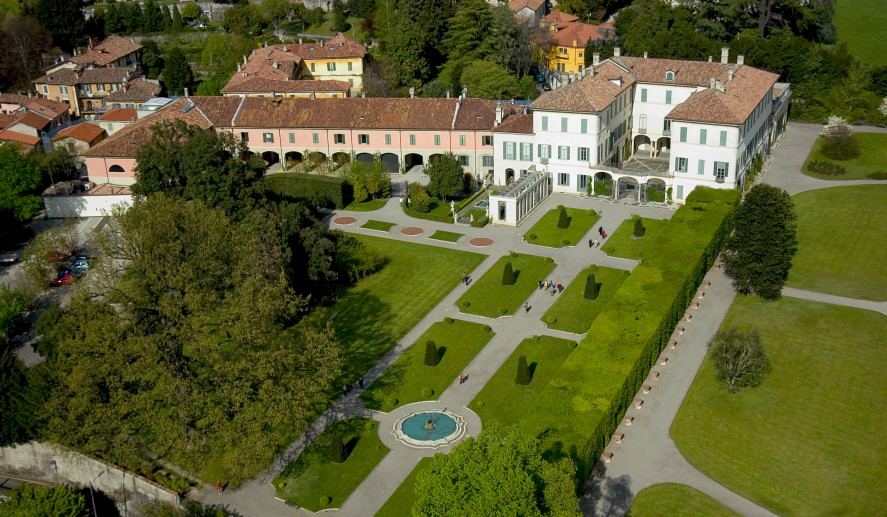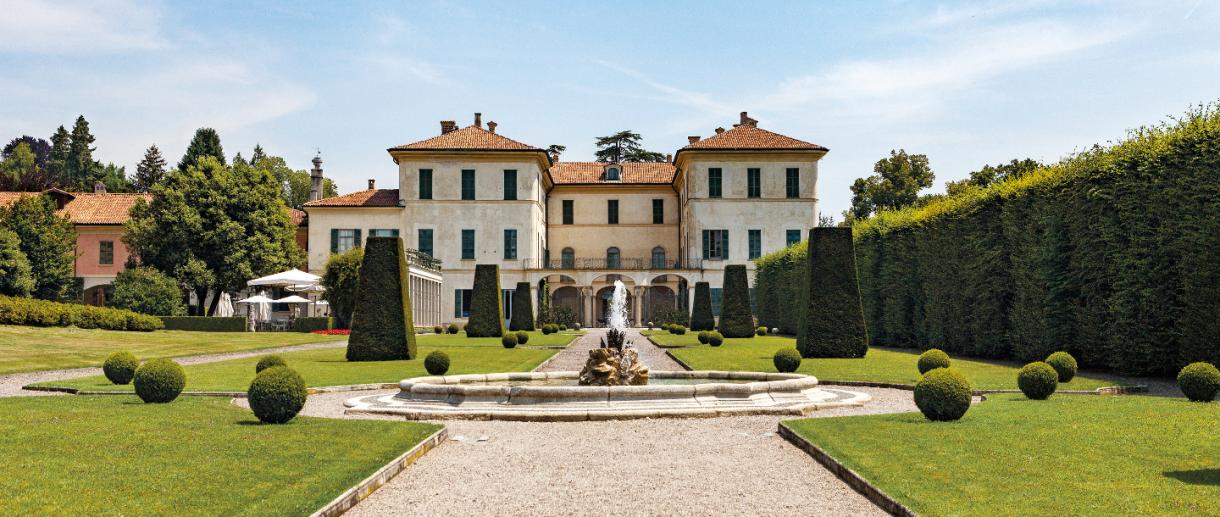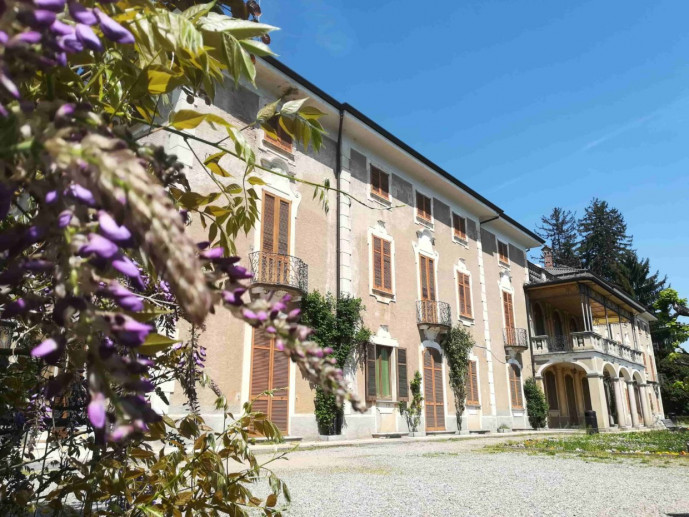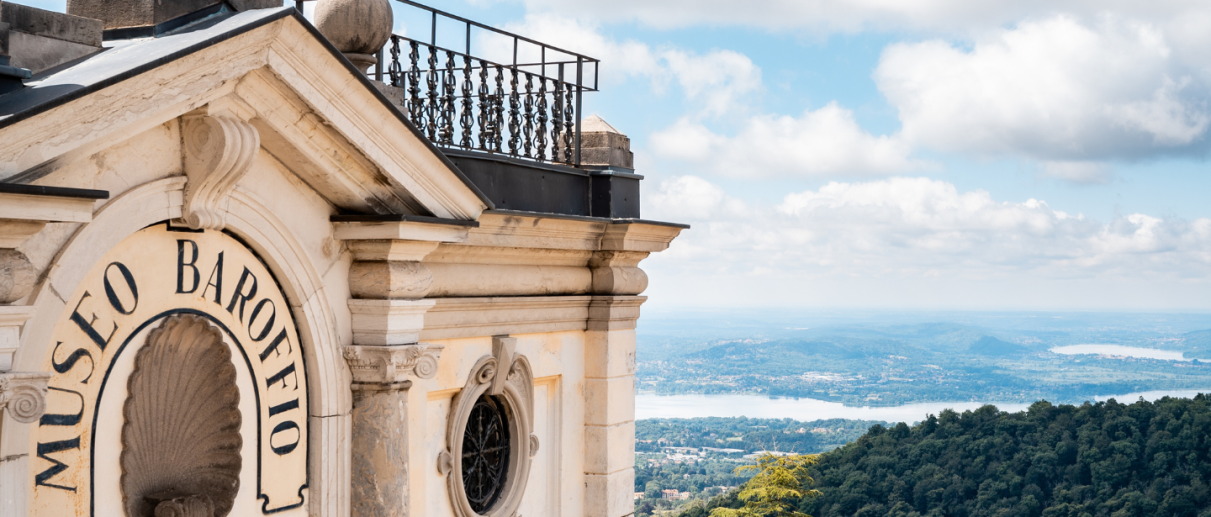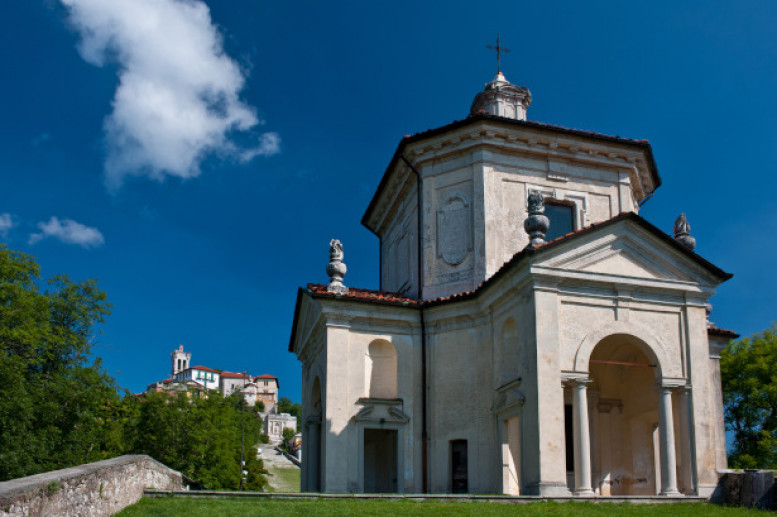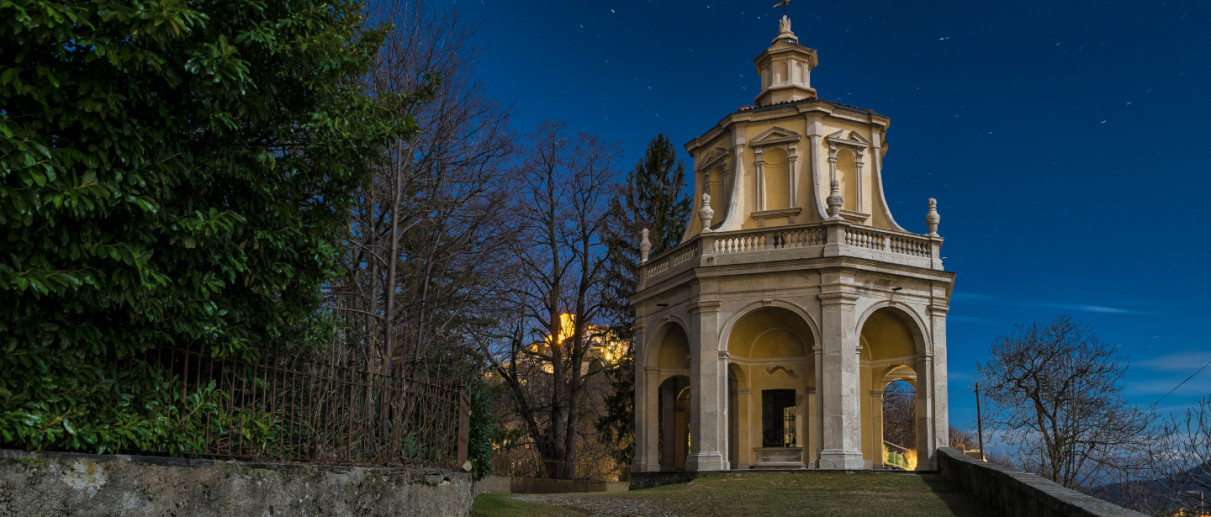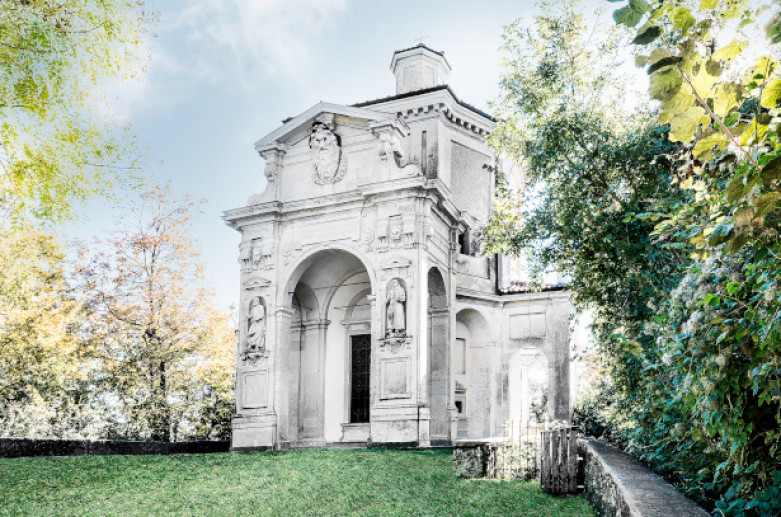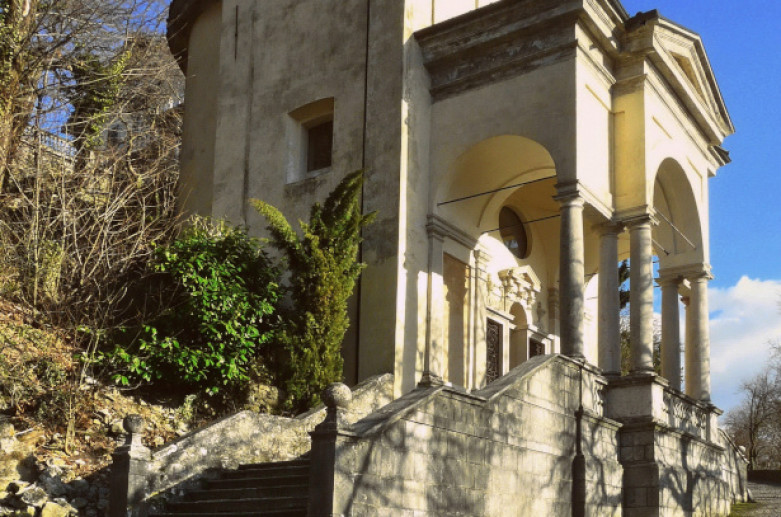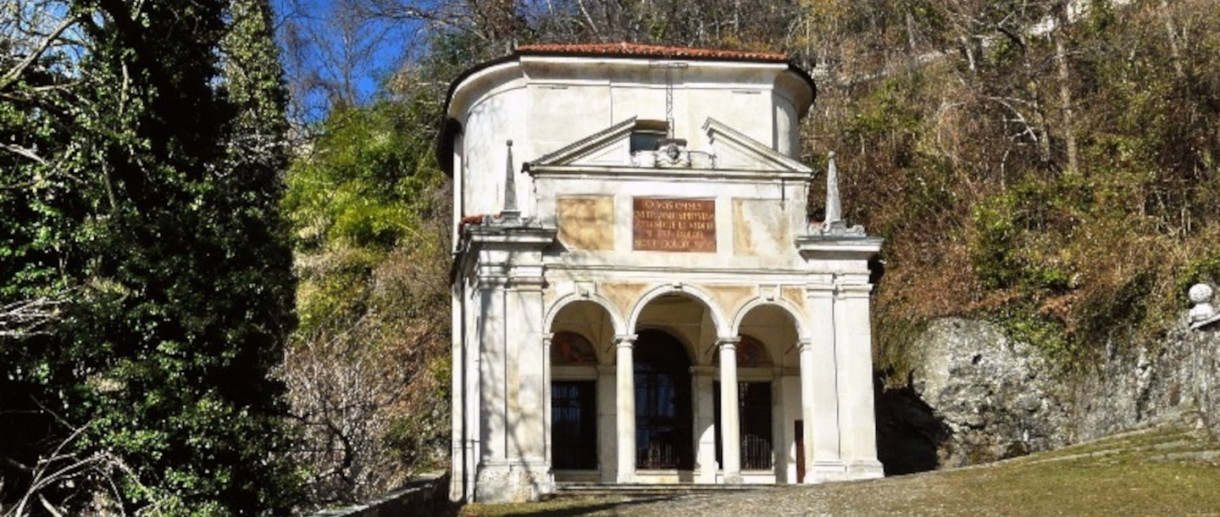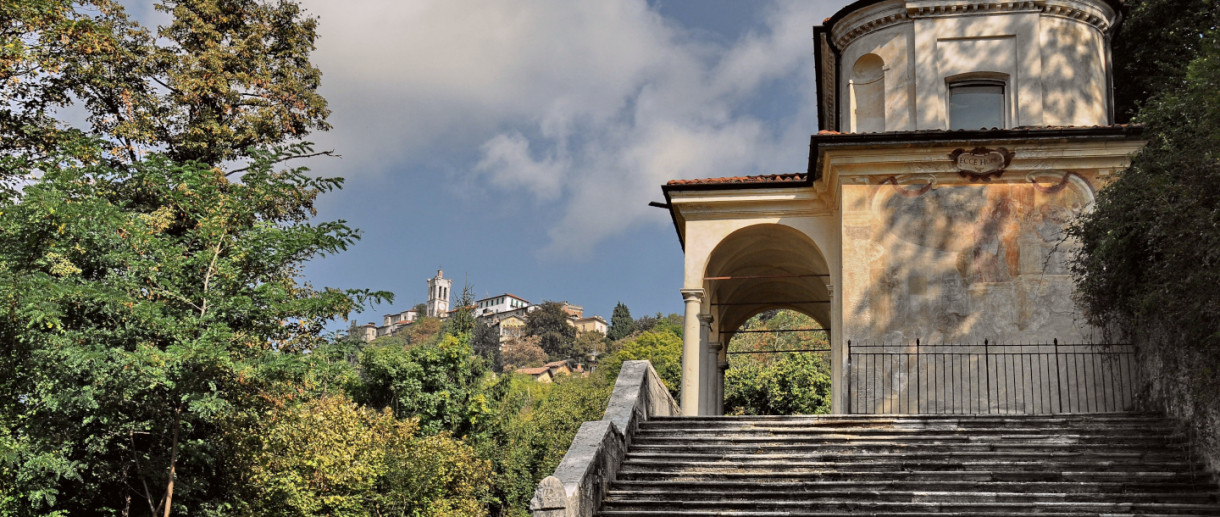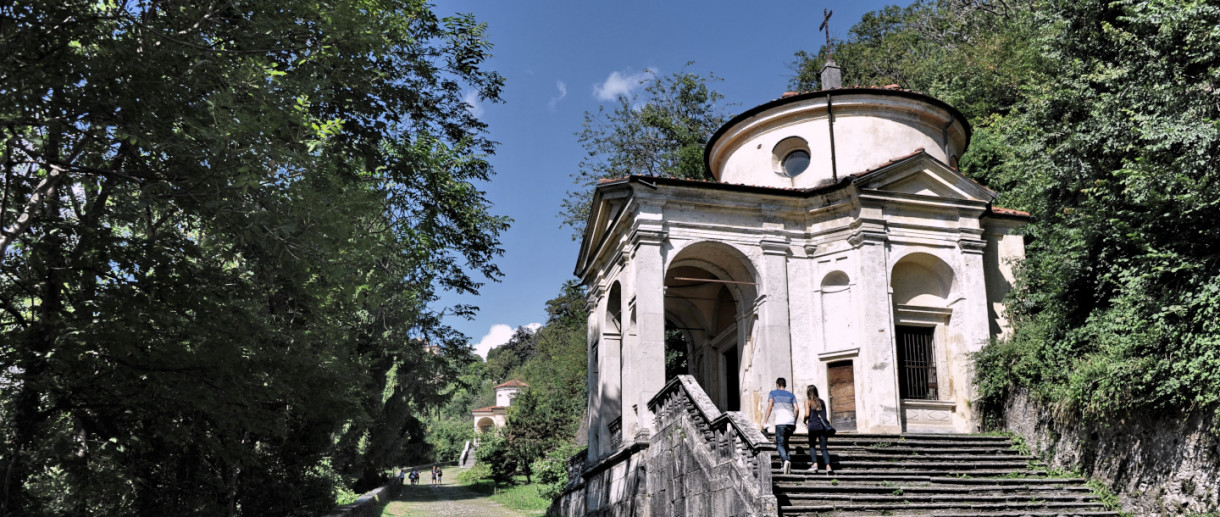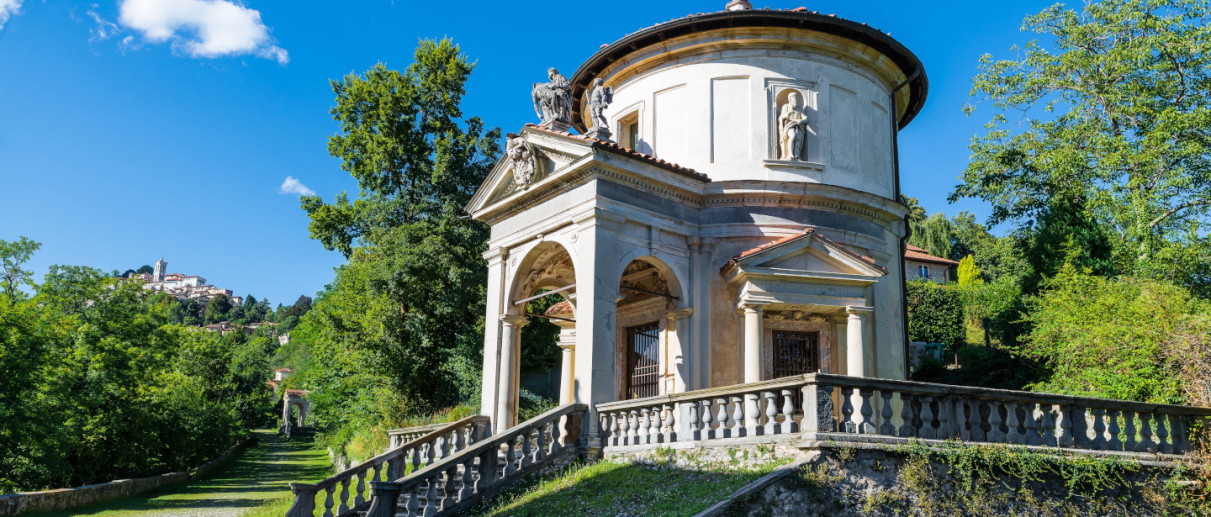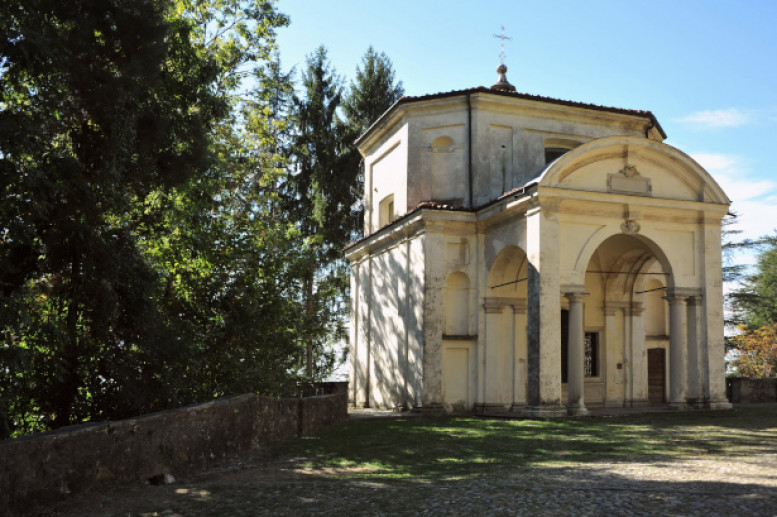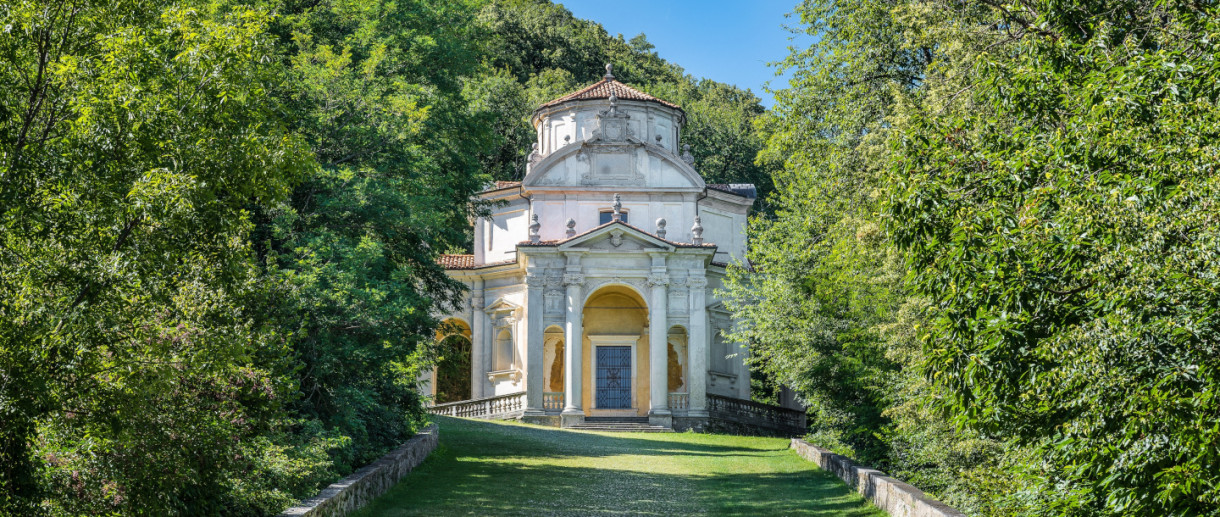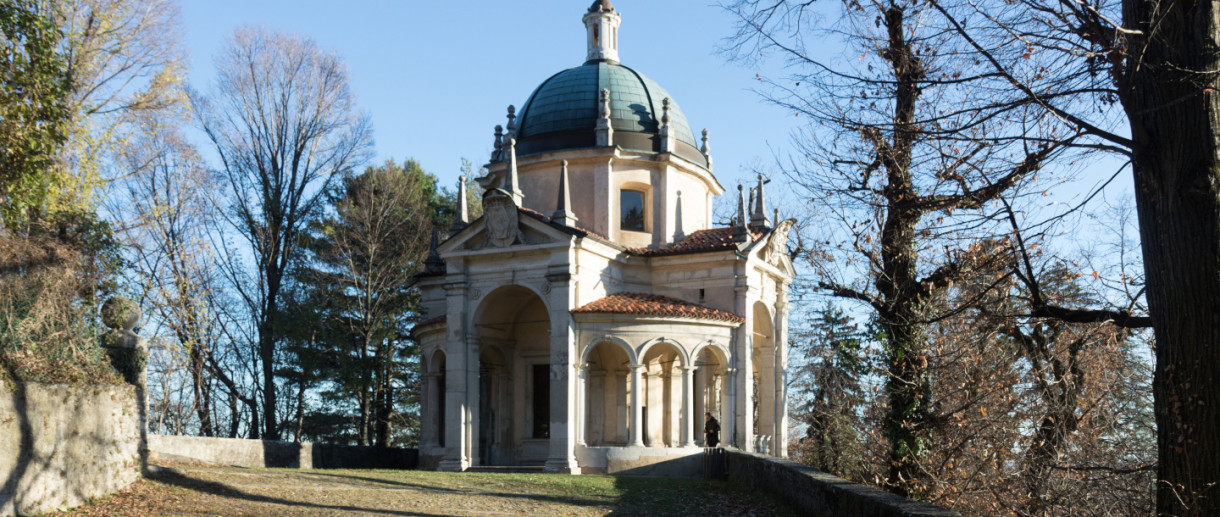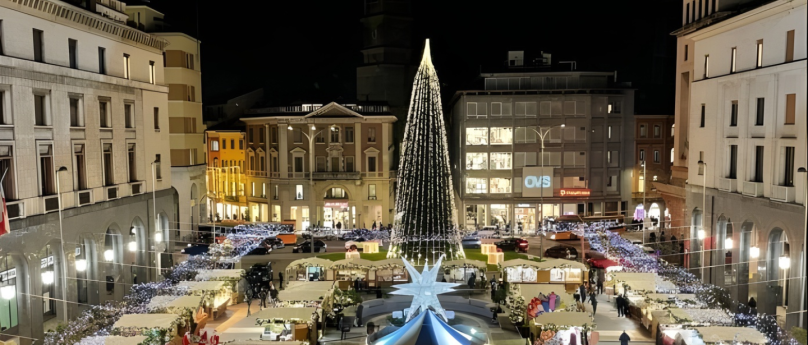- Art & Culture
- Religious Tourism
Induno Olona
Important in the past due to its numerous factories, Induno still retains a certain historical-industrial relevance today
The birth of Induno Olona is generally attributed to the Gallic invasions of the 5th Century B.C.; however, it is known with certainty that the first permanent Roman settlement dates back to the 1st Century B.C. Under Longobard rule, Induno Olona was aggregated to Castelseprio: the Pezza tower and the Frascarolo castle were probably built during this period.
In the following centuries Induno belonged to the Parish of Arcisate and the Church of Milan; after the Spanish domination, under Austriac rule it was subject to the province of Varese. After undergoing various other administrations (including the Napoleonic interlude and the District of Arcisate in the Province of Como), it was only in 1827 that the first municipial counsil was established. A century later, during the fascist period, the municipiality was uppressed and aggregated with that of Varese. It only gained its independence again after 1950.
During the 19th Century, thanks to the waters of the Olona River which powered six factories, Induno Olona was a fairly industrialised centre; thanks to the construction of railway infrastructure connecting Varese to Luino, in the 20th Century it retained a certain importance. Among the most important monuments there are certainly the already mentioned Frascarolo castle, the chapel of San Pietro in Silvis, the Church of San Giovanni Battista, the sanctuary of the Madonna of San Bernardino, the Church of Santi Re Magi (which houses the relics) and the war memorial realized by Dante Parini.
Those interested can visit the brewery Angelo Poretti, not far from the centre.
